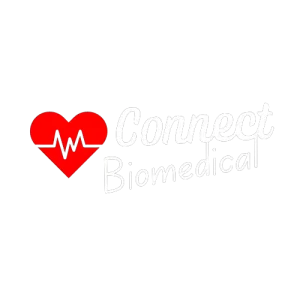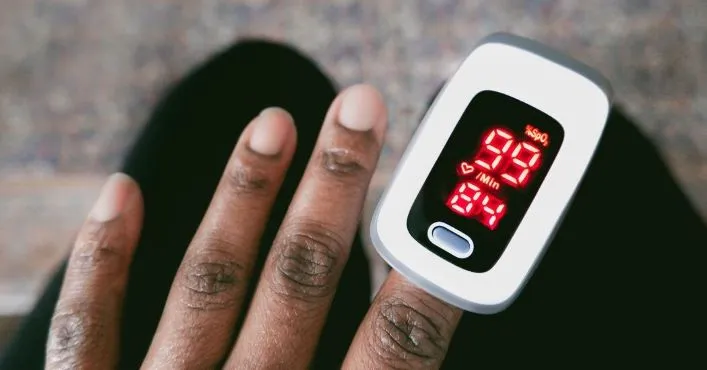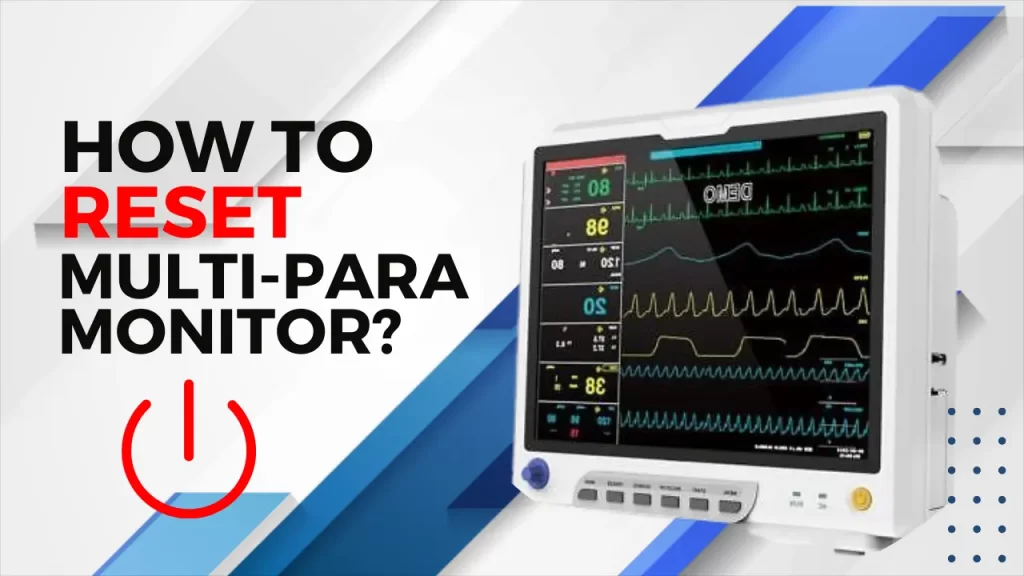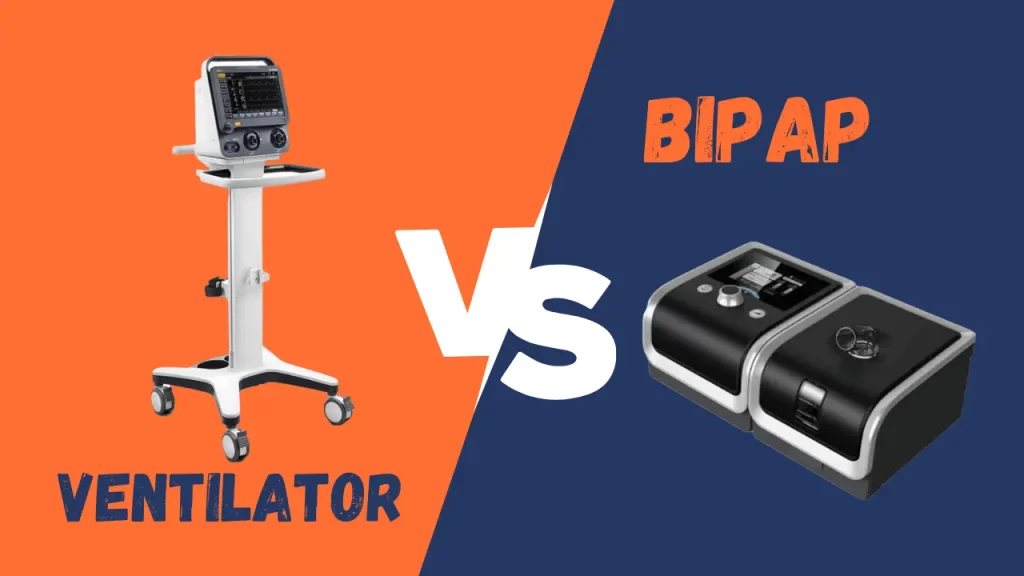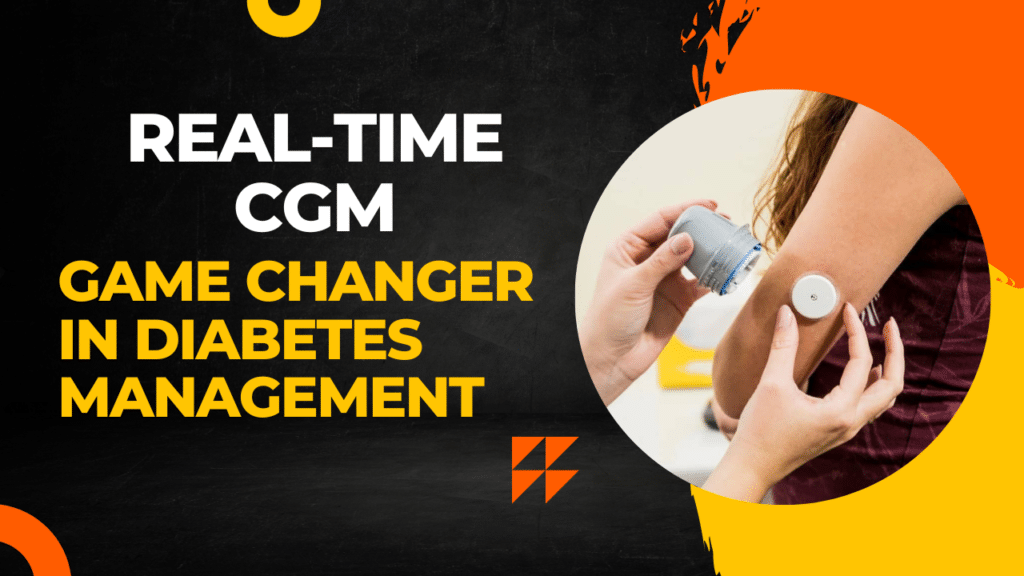Defibrillators can potentially save lives in emergency situations. A defibrillator is an extraordinary piece of medical equipment capable of restarting the heart in the event of sudden cardiac arrest or life-threatening irregular heartbeats.
The scope of this resource will equip you with knowledge about the different types of defibrillators and their purposes, from automated external defibrillators (AEDs), implanted cardioverter defibrillators (ICDs), to wearable cardioverter defibrillators (WCDs).
We’ll explore the intricate but interesting world of defibrillators, highlighting how they work, their crucial role in emergency medical assistance, and the importance of accessibility for public life-saving interventions.
Table of Contents
What is a Defibrillator?
A defibrillator is a device designed to restore a normal heart rhythm in individuals experiencing a life-threatening cardiac event, such as ventricular fibrillation or cardiac arrest.
The defibrillator accomplishes this by delivering a powerful electric shock to the heart. Ventricular fibrillation is a heart condition where the heart’s lower chambers quiver, and the heart can’t pump any blood, leading to cardiac arrest.
When the heart stops pumping blood, it’s a life-threatening emergency that needs immediate attention, and that’s where a defibrillator comes into play.
The electric shock from the defibrillator stops the heart’s electrical activity momentarily. This brief pause allows the heart’s electrical system to essentially “reset” itself, undoing the chaotic activity that led to the irregular rhythms.
This often allows the heart to restore a normal rhythm and resume its critical task of pumping blood to the body, thus potentially saving the person’s life.
Defibrillators come in various types, including Automated External Defibrillators (AEDs), implantable cardioverter defibrillators (ICDs), and wearable cardioverter defibrillators (WCDs).
AEDs are commonly found in public places, are portable, and can be used by anyone, even those without medical training, as these devices give audio instructions.

Defibrillators: A Lifesaving Role
The primary role of a defibrillator is to prevent sudden death from cardiac arrest, one of the largest causes of natural death globally.
Immediate defibrillation is a vital tool in the arsenal of emergency responders because every minute that passes without defibrillation and advanced cardiac life support reduces the survival rate by 7–10%.
The Functioning of a Defibrillator
A defibrillator works by monitoring heart rhythms and identifying cardiac irregular heartbeats that could potentially lead to cardiac arrest. If a dangerous rhythm is detected, the device sends an electrical shock through the heart muscle in order to restore the heart’s normal rhythm.
To use an AED, the rescuer places electrode pads on the patient’s chest. These pads allow the AED to monitor the patient’s heart rhythm. If the AED detects a rhythm that requires shocking, it will instruct the rescuer to stand back and then it will deliver the shock.
ICDs and WCDs, on the other hand, are worn by individuals at high risk for cardiac events. These devices constantly monitor the heart’s rhythm, and when they detect an abnormal rhythm, they deliver a shock to restore the normal rhythm.
ICDs are surgically implanted in a patient’s chest, while WCDs are worn externally, much like a heart monitor.
Understanding Defibrillators: An Essential Tool in Cardiac Emergencies
However, it’s important to recognize that they are only a single element in the broader management of heart disease. They do not address the root causes of heart issues but rather provide critical intervention during a crisis.
Managing heart disease typically involves regular medical check-ups, appropriate medications, lifestyle changes, and in some cases, surgical interventions.

Types of Defibrillators
How Defibrillators Work: Regulating Heart Rhythms to Save Lives
Defibrillators are medical devices designed to intervene in life-threatening cardiac situations. Their role is to send an electric shock to the heart, which can help restore normal heart rhythms. Their timely use can be the difference between life and death in the context of a cardiac emergency.
Automated External Defibrillators (AEDs)
Automated External Defibrillators or AEDs are portable devices that check a person’s heart rhythm and can send an electric shock to the heart to try to restore a normal rhythm.
These are widely used in out-of-hospital settings due to their user-friendly design and simple operating instructions.
An AED is often used in cases of sudden cardiac arrest, a situation where the heart suddenly stops beating. This is often caused by an irregular heart rhythm called ventricular fibrillation.
AEDs are designed to allow non-medical personnel to save lives. They can be found in a variety of public places such as schools, airports, and community centers, but can also be purchased for home use.
Implanted Cardioverter Defibrillators (ICDs)
An Implantable Cardioverter Defibrillator (ICD) is a small device that’s placed in the chest or abdomen of patients who are at risk of experiencing irregular heartbeats. These electronic devices constantly monitor the patient’s heart rhythm and deliver electrical shocks when necessary to control abnormal heart rhythms, specifically those that can be life-threatening.
Doctors typically recommend ICDs for patients who have had at least one episode of a life-threatening arrhythmia or are at high risk of having one.
Those at elevated risk include people with conditions that weaken the heart such as cardiomyopathy or heart failure.
Wearable Cardioverter Defibrillators (WCDs)
The Wearable Cardioverter Defibrillator, often referred to as a WCD, is another form of defibrillator that is worn by a patient 24/7.
This life-saving device is usually prescribed to patients who are at risk for sudden cardiac death and are either not eligible for or are awaiting an ICD.
The WCD is worn outside the body rather than being implanted inside. It constantly monitors the user’s heart and can deliver a shock to treat life-threatening heart rhythms if needed.
Its portability and non-invasive nature make it an ideal choice for patients who are not immediately eligible for an implanted device, such as those who recently suffered a heart attack or are recovering from heart surgery.
Each type of defibrillator shares the crucial role of monitoring and rectifying life-threatening heart rhythm disturbances.
As such, they provide indispensable security and aid for people prone to sudden cardiac arrest or other severe heart problems.
Defibrillator Functioning and Deployment
An Intuitive Grasp of Defibrillators
Defibrillators are vital medical tools used to reestablish regular heartbeats in people suffering from cardiac arrhythmia, heart fibrillation, or an absence of a pulse.
They work by administering a potent electric jolt to the heart, capable of ceasing an irregular rhythm, thus facilitating the recommencement of a regular one. Importantly, contrary to common misunderstanding, defibrillators are not engineered to restart a non-beating heart but rather are principally intended to control abnormal heartbeats.
How Defibrillators Detect Heart Arrhythmias
The mechanism of a defibrillator starts with its ability to sense and diagnose arrhythmias. These devices are equipped with sophisticated software and hardware that can read and interpret the electrical activity of the heart through electrode pads attached to the patient’s skin.
When a defibrillator is attached to a patient, it monitors the electrical impulses of the heart to determine the type of rhythm present. If a life-threatening arrhythmia, like ventricular fibrillation, is detected, the device will recommend a shock.
Charging and Delivering Shock
Once an arrhythmia is detected, the defibrillator charges its internal capacitors to the required energy level, typically from 200 to 360 Joules.
This charging process takes a few seconds, during which audible tones or voice prompts will typically indicate the charging status. Once fully charged, the defibrillator is ready to deliver a shock.
The user presses a button to administer the shock, which travels from the defibrillator through the electrode pads adhered to the patient’s chest.
Deployment of a Defibrillator: Emphasis on AEDs
Defibrillators are typically deployed in two main settings: medical facilities and public spaces. In medical facilities, these machines are used primarily by trained healthcare professionals.
However, Automatic External Defibrillators (AEDs) are designed to be used by the general public in emergency situations.
AEDs are portable versions of defibrillators and are found in various public and private settings, such as schools, offices, transportation hubs, and recreational facilities.
The use of AEDs does not require extensive medical knowledge.
The device will guide the user through the process, offering voice prompts and visual cues detailing where to place the pads, when to start or stop CPR, and when to press the button to deliver a shock.
When using an AED, the initial step involves turning on the device and then applying the electrode pads as indicated by the instructions.
Once applied, the device will begin monitoring the heart’s rhythm. If an arrhythmia warrants a shock, it will instruct the user to stand clear and then press the shock button.
It’s essential that bystanders quickly retrieve and use an AED on a person who has collapsed due to sudden cardiac arrest.
Every minute of delay decreases the person’s chances of survival by 7-10%. AEDs are increasingly available and accessible to help save lives in public places and homes.
The Importance of Training
While AEDs are designed for use by non-medical personnel, training in proper usage is highly beneficial. Many organizations, such as the American Red Cross and the American Heart Association, offer courses in CPR and AED usage.
These include online and in-person classes, providing step-by-step instructions for CPR and AED usage, along with guidelines on responding to various emergency situations.
Key Takeaway
- Defibrillators are crucial life-saving tools for sudden cardiac arrest.
- Advancements in technology have made automated and external defibrillators more accessible.
- They play a vital role in enhancing survival rates during cardiac emergencies.
- Sudden cardiac arrest claims over 356,000 lives annually in the U.S.
- Automated External Defibrillators (AEDs) can increase survival chances from 10% to 50%.
- Public awareness and education about defibrillator use are essential.
- Clear instructions should accompany public defibrillators for bystanders.
- Laws in the U.S. mandate AED placement in federal buildings and many other locations.
- Global initiatives, like The Global AED Mapping, aim to register and locate AEDs for easier access during emergencies.
Advent of Technology in AED Accessibility
With advancements in technology, some regions have employed novel ways to enhance AED availability. Mobile applications have been developed to map the exact location of publicly available defibrillators.
These mobile apps also offer instructions on how to perform CPR and use an AED, effectively educating the general public on lifesaving techniques.
Another technological advancement in this sector is the development of drone technology to deliver AEDs to remote locations rapidly.
conclusion
Defibrillators are vital for saving lives during sudden cardiac arrests. We should raise awareness and accessibility to these devices, aiming for widespread availability, much like fire extinguishers. Proper use and safety are crucial.
They are generally safe but should not be used on young children or pregnant individuals without guidance.
Regular maintenance, including checking for damage, battery replacement, and electrode pad changes, is essential.
Training is necessary for users and organizations like the American Red Cross offer programs. Combining defibrillation with CPR significantly improves survival rates. Understanding defibrillators, their types, and maintenance is vital for health literacy, as they provide a lifeline in critical cardiac situations.
Promoting awareness and ensuring proper device upkeep can save lives.
